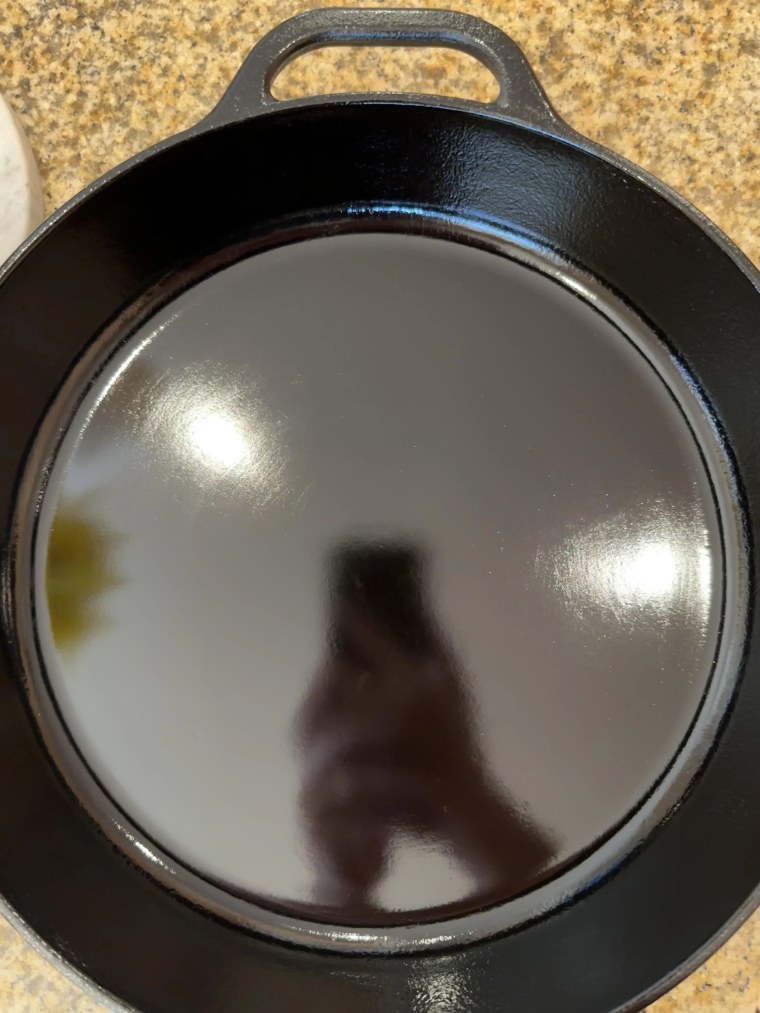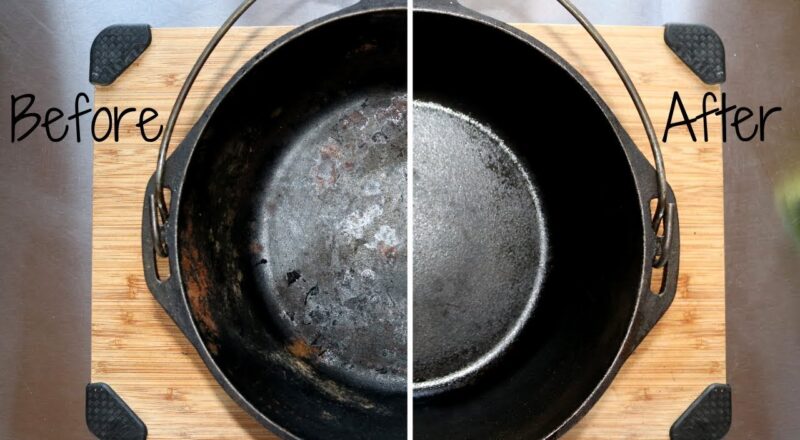Seasoning your cast iron cookware is an essential step to ensure its longevity and enhance your cooking experience. Our focus today will be on using canola oil, a popular choice among health-conscious individuals, for seasoning. But what is the ideal temperature for this process? In this comprehensive guide, we will provide you with all the details you need.
:max_bytes(150000):strip_icc()/How-to-Season-Cast-Iron-Skillet-3x2-1-bcd280f1703e47e0a59bb62e86a0d53a.png?keyword=what temp to season cast iron with canola oil)
Introduction to Cast Iron Seasoning
Seasoning cast iron involves creating a protective layer on the cookware by heating a thin layer of oil until it transforms into a hard, blackened coating. This layer forms a natural non-stick surface and protects the cookware from rust. Using canola oil is advantageous because it has a high smoke point and is readily available in most households.

Why Choose Canola Oil?
Canola oil is a terrific choice for seasoning cast iron due to its high smoke point of about 400 to 450 degrees Fahrenheit. This means it can withstand high temperatures without breaking down or burning, ensuring that your cast iron cookware gets a robust and durable seasoning.
Health Benefits of Canola Oil
Canola oil is low in saturated fat and contains omega-3 fatty acids, making it a healthier alternative to other fats and oils. Its neutral flavor also ensures that it won’t impart any unwanted tastes to your food.

Setting the Temperature for Seasoning
When using canola oil for seasoning, it’s crucial to set the oven temperature accurately. The optimal range is between 400 and 450 degrees Fahrenheit. This temperature allows the oil to polymerize effectively, forming the protective layer needed for your cast iron cookware.
Steps to Season Cast Iron with Canola Oil
1. Preheat the Oven
Start by preheating your oven to 400-450 degrees Fahrenheit. This will ensure it’s at the correct temperature when you place your cast iron cookware inside.
2. Apply Canola Oil
Using a paper towel or cloth, apply a thin coat of canola oil to the entire surface of the cast iron. Be sure to cover all areas, including the handles.
3. Bake the Cast Iron
Place the cast iron cookware upside down in the preheated oven. Bake it for about an hour, allowing the oil to form the protective layer. It’s a good idea to place a sheet of aluminum foil on a lower rack to catch any drips.
4. Cool and Repeat
After an hour, turn off the oven and let the cast iron cool inside. For best results, you may want to repeat this process 2-3 times to build a thicker seasoning layer.

Maintaining Your Seasoned Cast Iron
Once your cast iron is well-seasoned, it’s important to maintain it properly to preserve the non-stick surface. Avoid using harsh detergents or scrubbing pads that can damage the seasoning. Instead, clean it with warm water and a gentle brush.
Re-Seasoning Tips
If you notice that the non-stick surface is wearing off, you can easily re-season your cast iron by repeating the steps mentioned above. Regular maintenance will ensure that your cookware remains in top condition.
Frequently Asked Questions
What are the signs that my cast iron needs re-seasoning?
Common signs include food sticking to the surface, a dull or rusty appearance, and an uneven coating. If you notice any of these, it’s time to re-season your cookware.
Can I use other oils for seasoning?
Yes, other oils like flaxseed oil, vegetable oil, and grapeseed oil can be used. However, canola oil is a popular choice due to its high smoke point and health benefits.
Is it normal for the cast iron to smoke a bit while seasoning?
Yes, it’s normal for the cast iron to smoke a bit during the seasoning process, especially if the oil is applied too thickly. Make sure your kitchen is well-ventilated.
For more tips on maintaining your cast iron cookware, check out this external guide.
Also, visit these related articles for more insights:
As an Amazon Associate, I earn from qualifying purchases.

